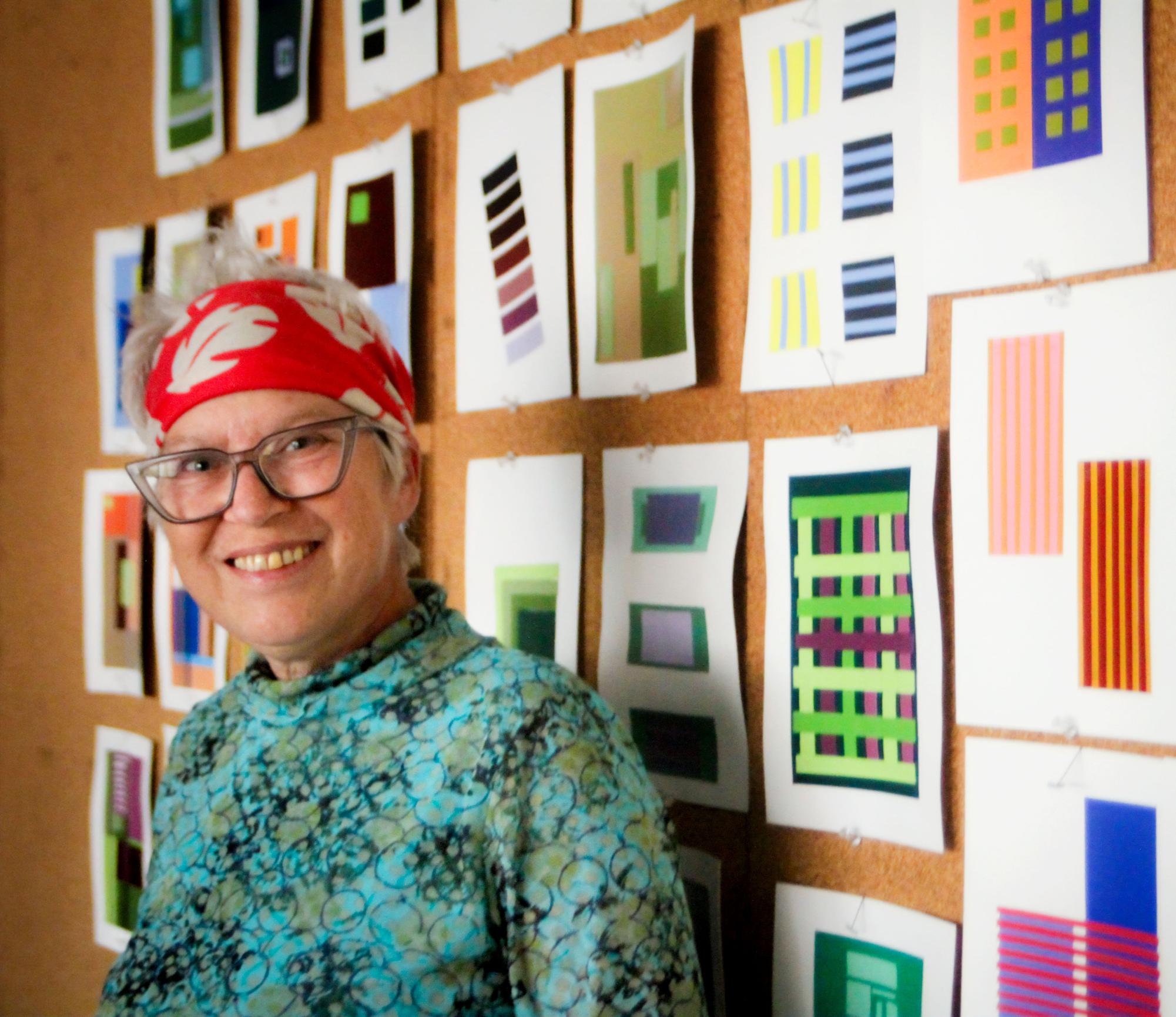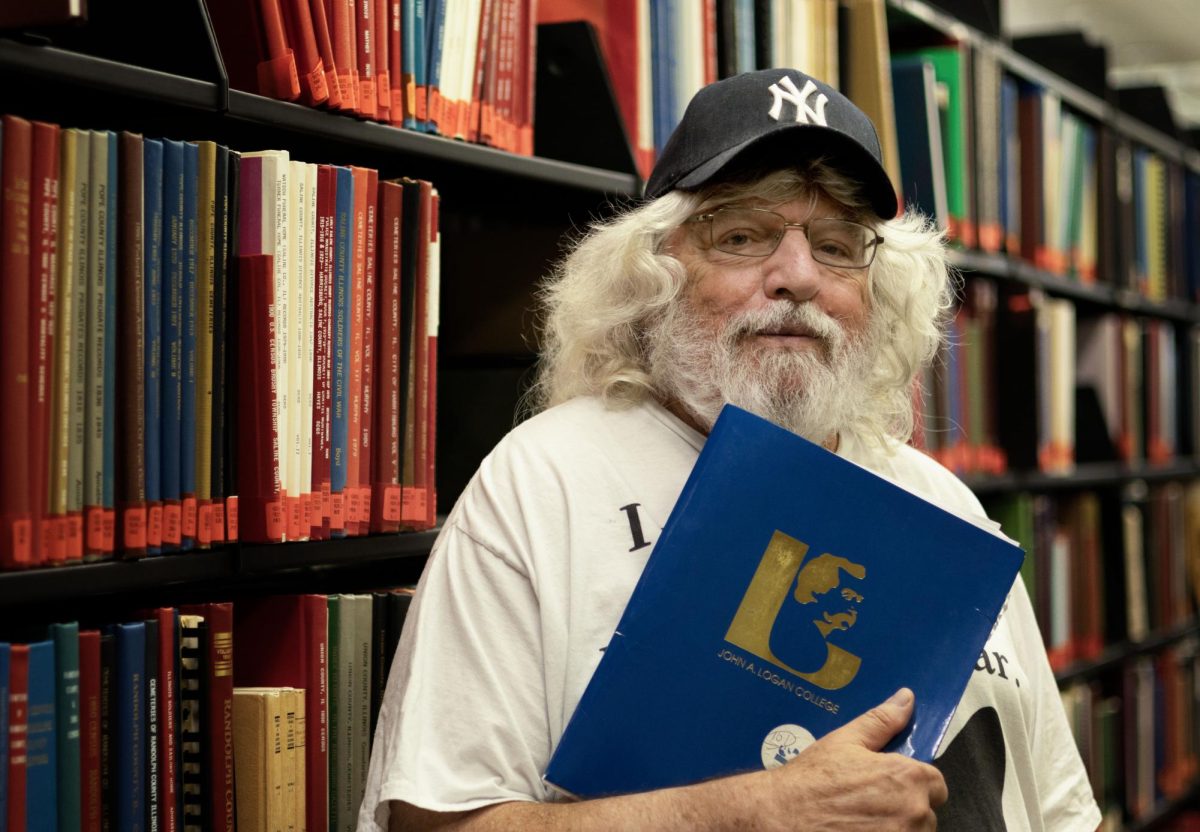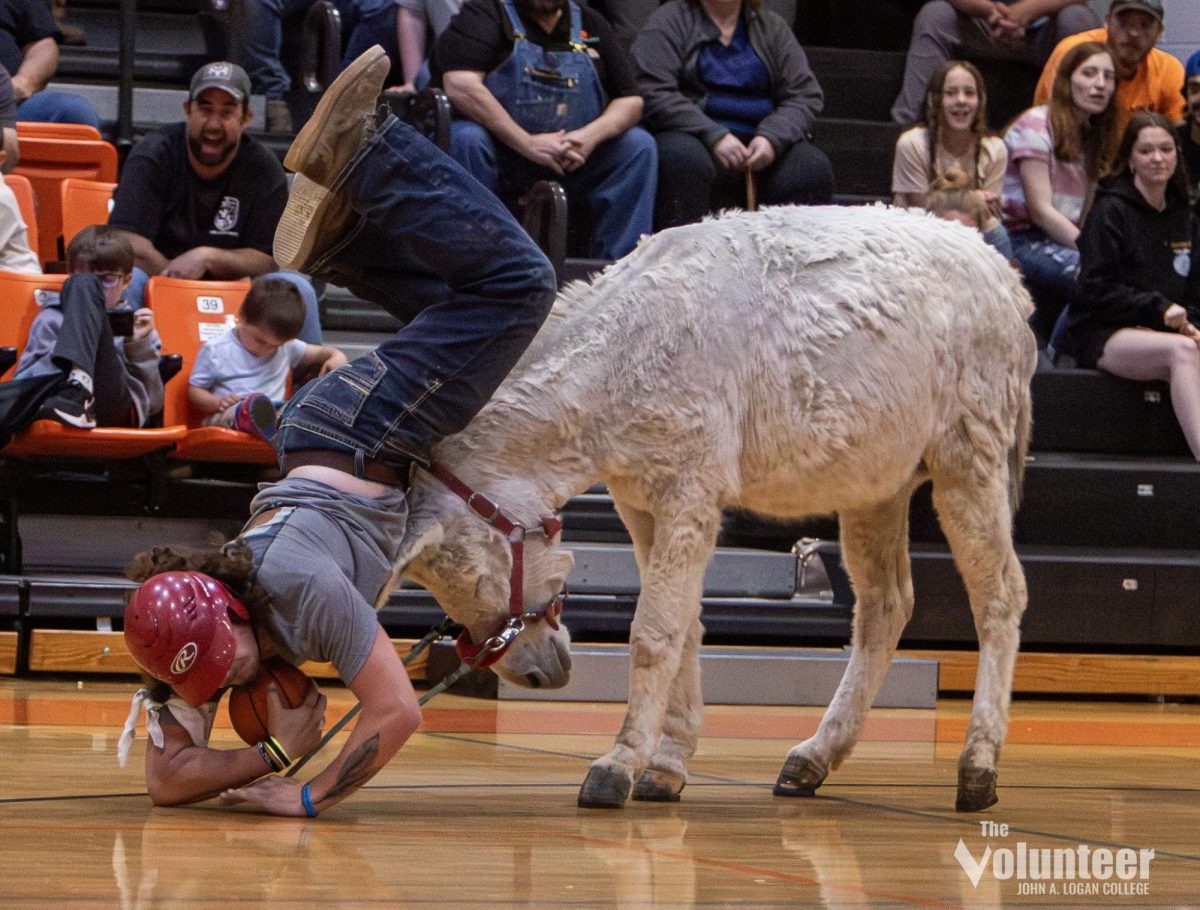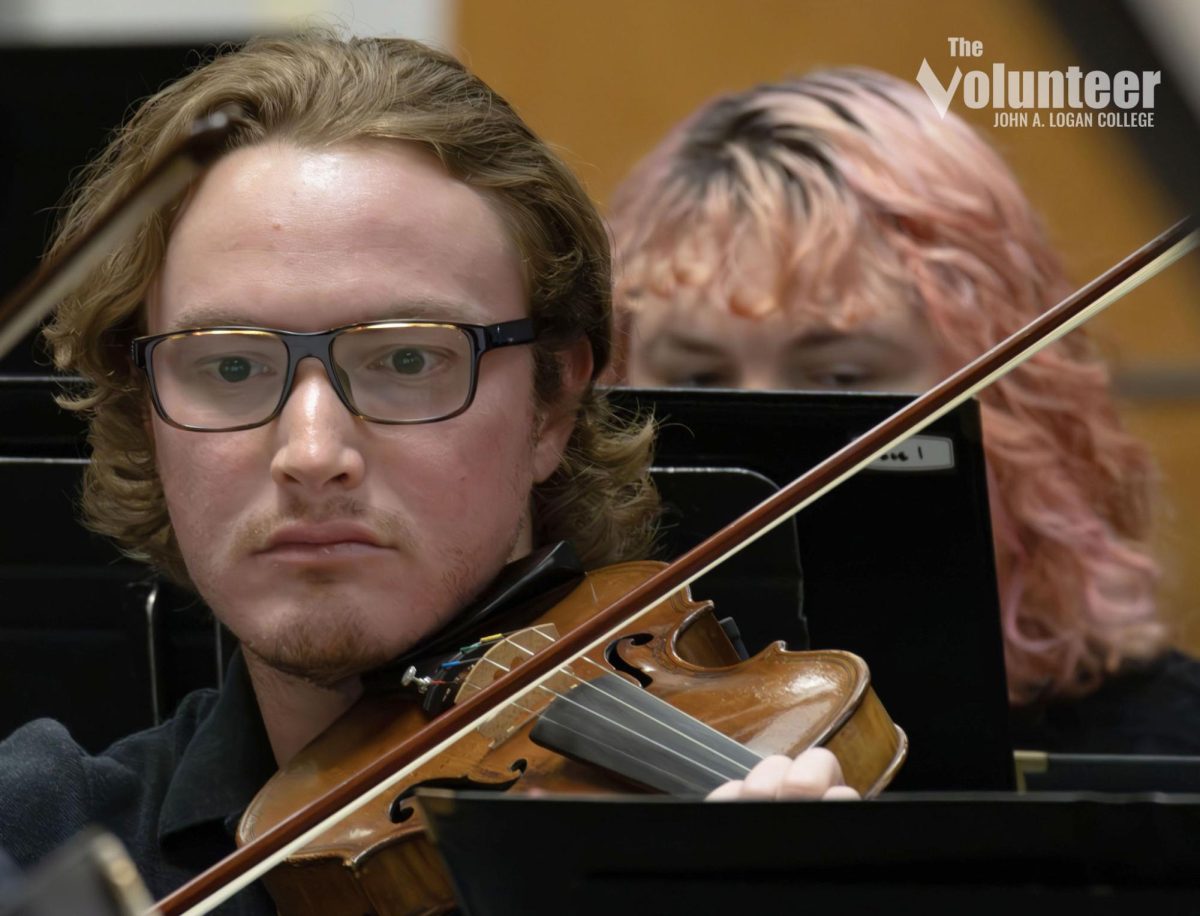Molly Alter has been shaping both metal and minds since joining John A. Logan College in 2012. Before teaching full-time, she ran her own home studio in southern Illinois, where she taught art, metalsmithing, and jewelry to adults and children. Alter came to Southern Illinois University to earn her MFA in metalsmithing and blacksmithing and discovered a new passion for teaching along the way.
Val Basenberg from The Volunteer sat down with Alter to talk about her unexpected path from artist to educator, her belief that mistakes are essential to growth, and the fearless creativity she hopes to pass on to her students.
Val: What first made you consider teaching art as a career path? Was there another plan before you started teaching?
Molly: I’m not sure I ever thought much about teaching art before I was at SIU and had the opportunity as a grad student to teach some 200-level classes. I was surprised that I really enjoyed teaching. Prior to coming to grad school at SIU, I had my own business. I sold my work throughout the United States, Canada, and England. I also worked out of my own home studio for high-end furniture interior designers, making small accent pieces for handmade furniture. So, I didn’t necessarily think that teaching was my path because I had many other roads in my creative career that had been very successful for me. But my experience in grad school when I had a graduate assistantship was exciting. Having a deep passion for something and being able to share that passion with new students was exciting. Teaching came late to me, but I’m glad it did. I feel honored to share what I’ve learned in my own creative life.
Val: That’s quite an interesting story of how you came to be into teaching. It’s not what you would typically think.
Molly: No, it’s not typical. It never crossed my mind in my mid-30s that I’d be a teacher. I thought I was too much of a wild child, too much of an independent free spirit. But here I am. Teaching allowed me to reach back into my own educational experiences and appreciate them more than before. I realize now how everything I learned applies to what I do, even color theory, which used to scare me. Now I love it, and I pass that on to my students. One day, I hope they pass it on too.
Val: Maybe they’ll become teachers.
Molly: Maybe they will. I have several that are interested in art education.
Val: You were talking about metalsmithing and blacksmithing. Do you think that experience helped shape your teaching style?
Molly: I think all of my professors challenged us in ways that are hard to conceive today. It definitely helped shape me as a teacher. I don’t know if it was just the metalsmithing, but all my professors influenced me, some more than others. Some I didn’t get along with, others became mentors who guided me as an artist and helped me communicate what I do. The hardest part for an artist is learning to talk about your own work. After years of practice, the process becomes intuitive, and you start building work that speaks to your experiences and emotions. I think that practice, whether in metal, color, or printmaking, helped me find joy and solitude in the process.
Val: It allows you freedom to just explore.
Molly: It does. It’s good for me. It feeds my brain and energy. Artists have to give themselves creative time to feed their energy.
Val: It’s kind of freeing, I think.
Molly: It is. You can disappear for a while. It’s therapeutic and healing. Everybody’s overworked and overstressed. Getting lost in art for a while lifts all that off your shoulders and makes life a little easier for a moment.
Val: How do you think young, up-and-coming artists can break through fear and get to a place like where you are?
Molly: You have to not be afraid to fail or make mistakes. I make mistakes all the time. Do you remember in drawing when I wouldn’t let you use erasers?
Val: I do remember that.
Molly: I wanted you to leave your mistakes because they’re learning experiences. If we erase everything, we strive for perfection and end up disappointed. Make mistakes. Make lots of them. Make them fast and often. Out of every ten pieces I make, nine are mistakes. Mistakes are how we learn. It’s common to be insecure, but you have to work through those insecurities. Work a lot, make mistakes, and catalog them. Learn from them.
Val: That’s the only way you’ll grow.
Molly: Don’t be afraid of materials. Picasso didn’t get where he was by playing it safe. Basquiat’s work was messy and loud. Jackson Pollock was famous for throwing paint. Be messy. All those people were classically trained but needed to break out of that training. I tell students that, and sometimes I have to remind myself of it too. Don’t be afraid, make more, be bigger.
Val: That’s a good takeaway.
Molly: Art is sensitive because it’s personal. You’re vulnerable because you’re putting yourself out there. I don’t care what people think of my artwork. I don’t make it for others; I make it because I have something to say. There’s art made for expression, art made for money, and those are different things. I used to sell a lot of pieces I didn’t like that became bestsellers. I’d make them, think they were awful, and they’d sell immediately. That allowed me to keep creating the pieces I loved that didn’t sell. You just have to commit to yourself and your creativity. Don’t ignore it. You’ll be miserable if you do.
Molly: John Cage said, ‘Nothing is a mistake. There is no win and no fail. There is only make.’ Work will lead to something. Be present and human in any field; that requires engagement.
Val: I agree.
Molly: Art makes the world go round. Every man-made object was designed by a creative person. Every car, every building, every utensil. Creativity is the foundation of everything.
Val: Is there anything else you’d like to add?
Molly: People need to be more aware and have passion for what they’re doing. I always compare artists to athletes. Athletes need their sport to save their life the same way artists need art. You have to find that purpose and apply yourself to it. You’re not going to get good at anything without practice. Find what you love and go for it. If you chase only money, you won’t be happy. You need passion. We all need more engagement with each other. Be human, breathe, find your passion, and do it a million times. Just do it.






